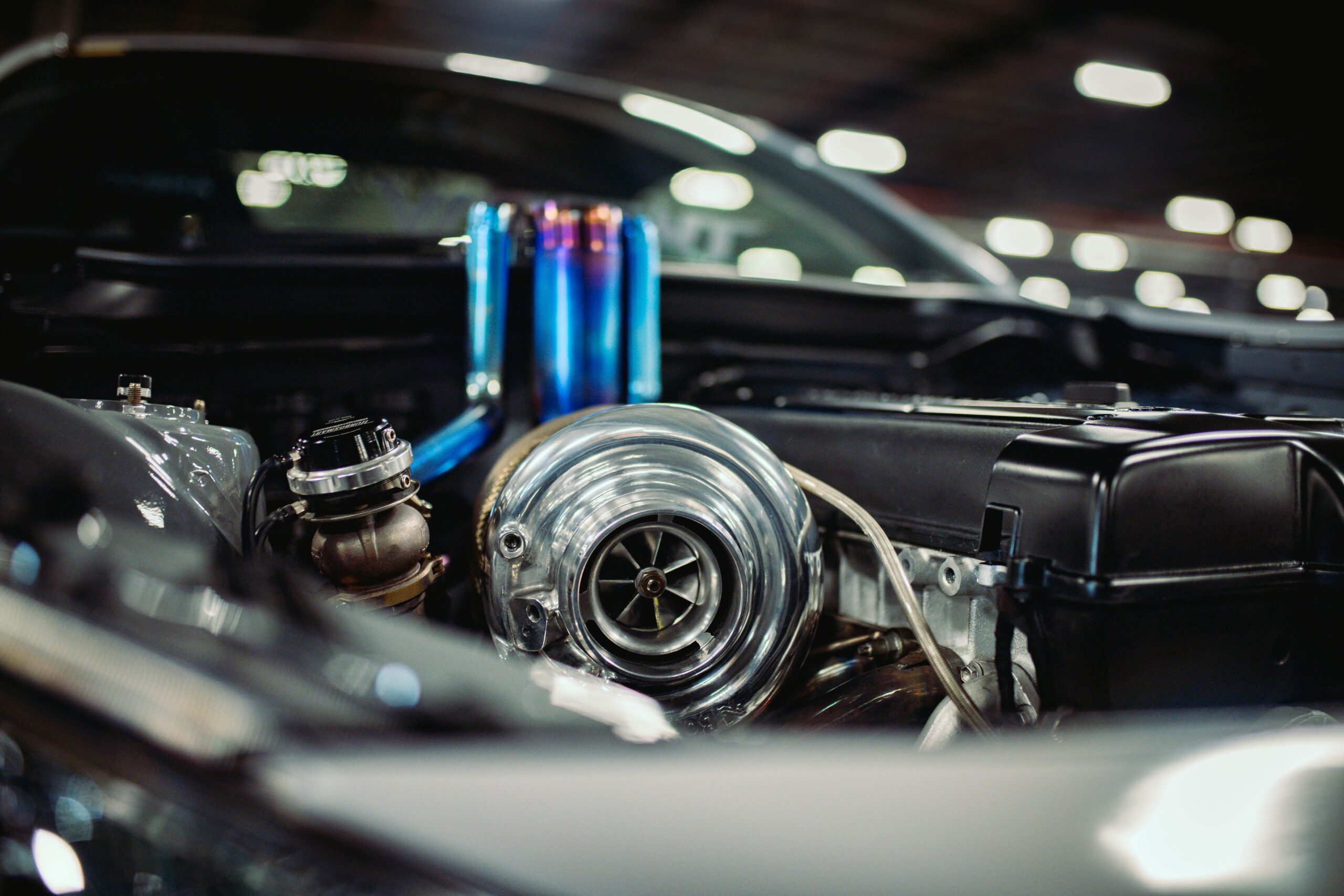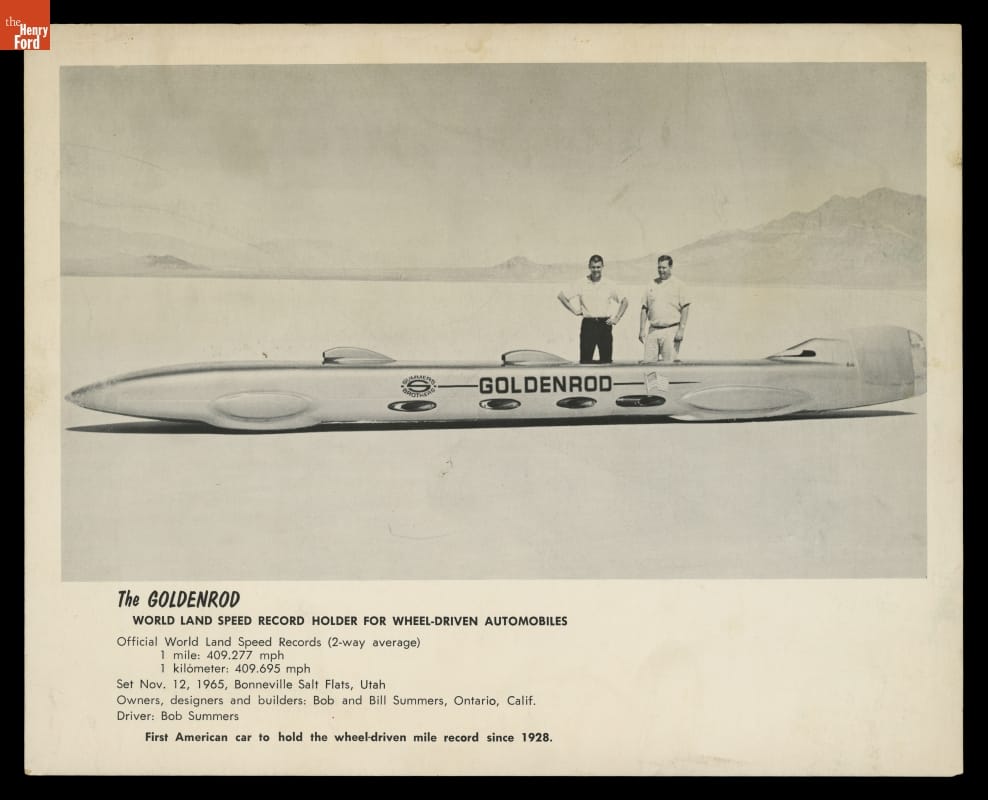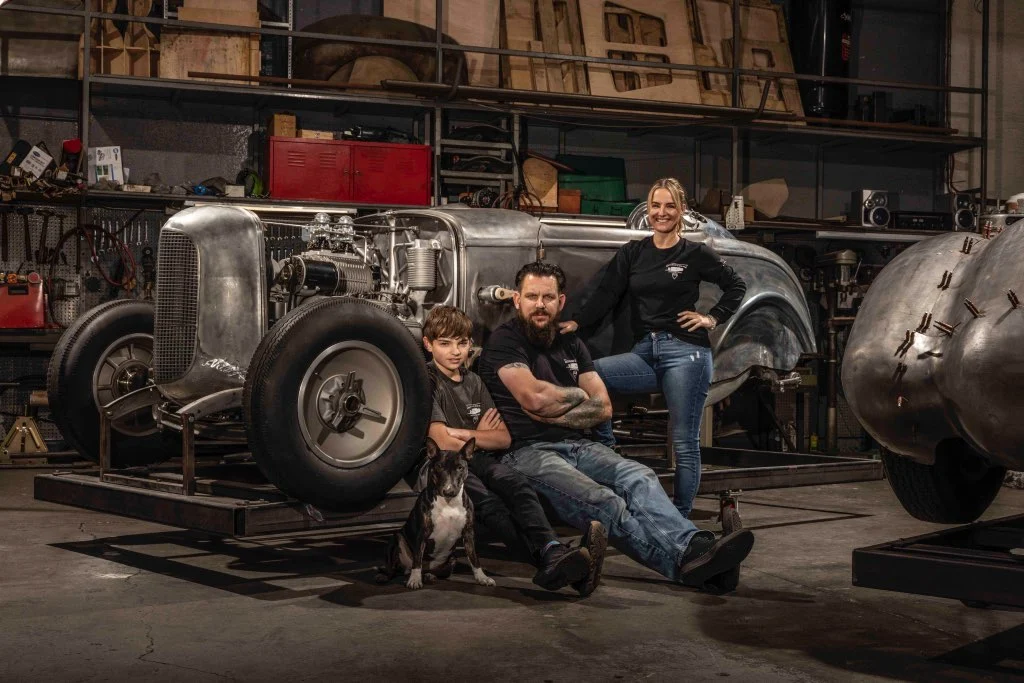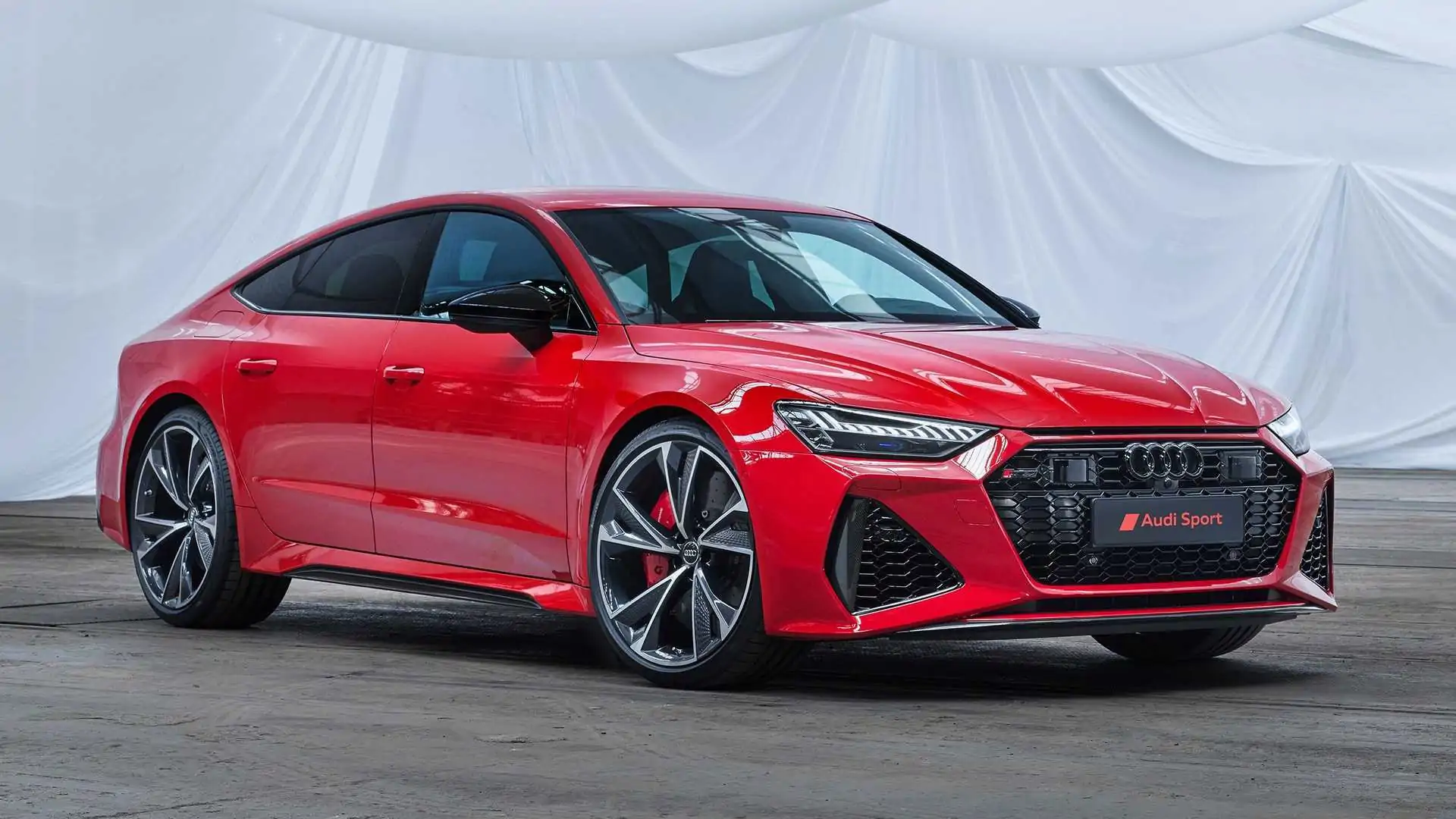About JC Whitney Editorial Team

Meet the JC Whitney Editorial Team, your go-to experts for automotive insights, from in-depth car culture articles to the latest in vehicle tech.
More from JC Whitney Editorial TeamThe turbocharger is one of the most significant achievements in automotive engineering in terms of its ability to generate increased power. Adding an aftermarket turbocharger to a stock engine can increase its power output by staggering degrees compared to other modifications. In general, a properly selected and installed turbocharger can increase an engine’s power output by 30% to 50% or more. For example, if a stock engine produces 200 horsepower, adding a turbocharger could potentially increase its power to 260-300 horsepower or even higher.
The tuning of the engine management system is also crucial to optimize the performance of a turbocharged engine and prevent issues such as detonation or excessive exhaust temperatures. In some cases, with more aggressive turbo setups and supporting modifications, power gains can exceed 100%.
History of the Turbo
The invention of the turbocharger, a pivotal component in enhancing the power output of car engines by forcing extra compressed air into the combustion chamber, is attributed to Swiss engineer Alfred Büchi. The concept was not initially intended for automobiles; instead, it was aimed at improving the efficiency and power of diesel engines.
Alfred Büchi, who was working on diesel engine improvements, filed a patent for the turbocharger in 1905. His invention was based on the principle that by using the engine’s exhaust gasses to drive a turbine, which in turn drives a compressor to force more air (and optionally more fuel) into the engine, the engine’s power output could significantly increase. This process improves the efficiency of the engine by enabling it to burn fuel more effectively, which results in increased power without the need for a larger engine size.
The development of turbochargers underwent a gradual evolution. Initially, the focus was on large engines, such as those used in ships and stationary applications. The application of turbocharging technology to automotive engines took several decades to materialize effectively. The challenges in adopting turbochargers for cars included managing the thermal stress and ensuring durability under the high-speed conditions of automotive engines.
It wasn’t until the 1960s and 1970s that turbochargers began to see widespread use in passenger vehicles. This was partly due to advancements in materials technology and engineering, which allowed turbochargers to become more reliable and efficient at a smaller scale suitable for cars. The oil crisis of the 1970s also played a role in turbochargers’ adoption, as manufacturers sought ways to increase engine efficiency and performance without enlarging engine displacement, in response to fuel economy concerns.
Today, turbocharging is a common feature in many vehicles, offering a balance between performance, efficiency, and emissions control. The technology has evolved significantly since Büchi’s initial patent, with modern turbochargers featuring sophisticated designs that include variable geometry turbines, twin-scroll configurations, and integration with hybrid powertrains for even greater efficiency and performance gains.
The first known use of a turbocharger in a car engine dates back to the early 20th century, but it wasn’t until the 1960s that turbocharged engines began to appear in consumer vehicles. The history of turbocharged cars encompasses both racing applications and commercial production, reflecting the technology’s evolution from a performance-enhancing innovation to a mainstream feature aimed at improving efficiency and power.
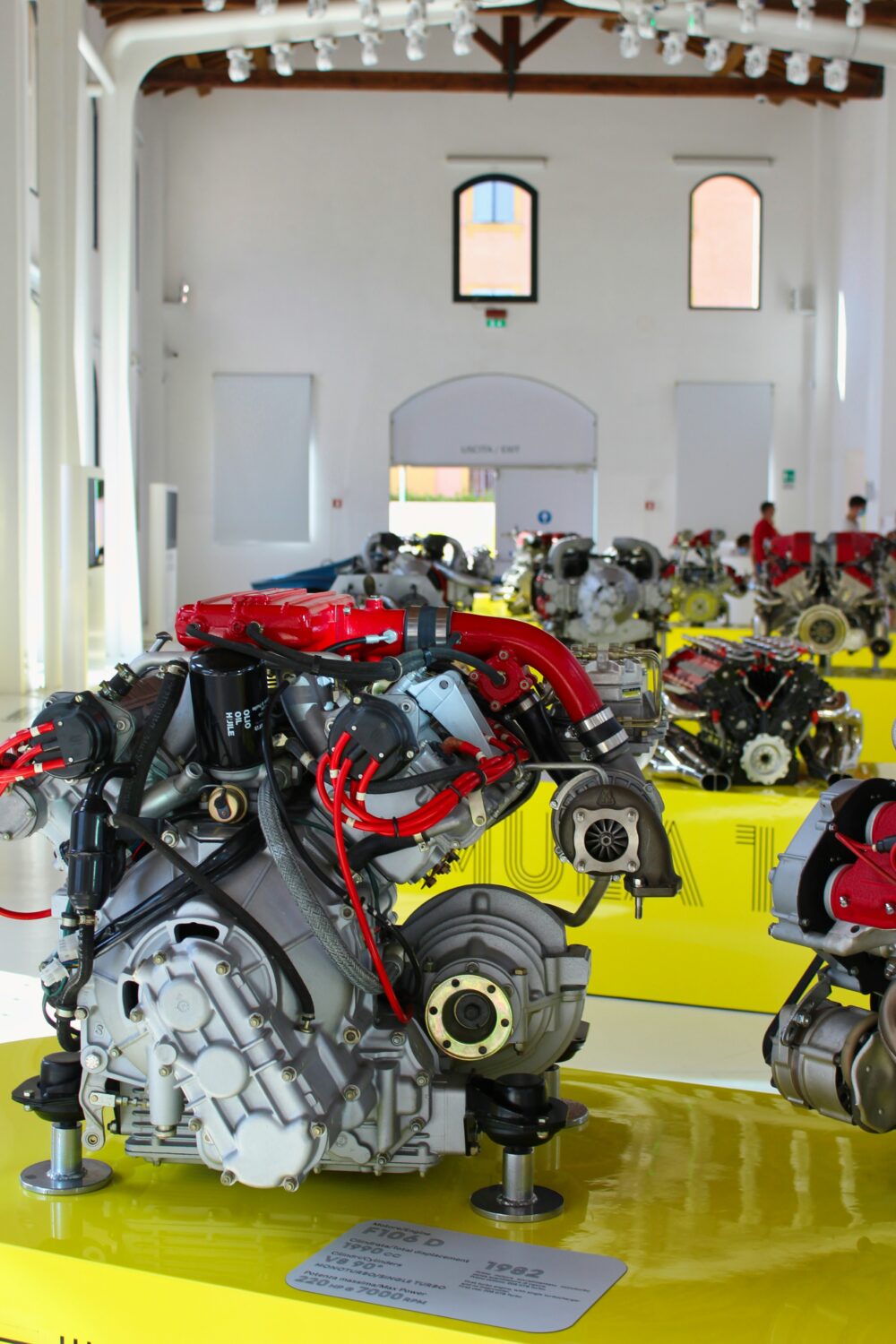
Early Turbocharged Cars in Racing
One of the earliest applications of turbocharging in car engines was not for consumer vehicles but for racing. In the 1920s and 1930s, several racing cars experimented with turbocharging to boost performance. However, these were isolated instances, and the technology did not immediately transition to commercial production for everyday drivers.
Initially, the use of turbos was limited due to reliability issues and the challenges of managing lag—the delay between the driver’s request for power and the turbocharger’s response. However, as engineers gained a better understanding of turbocharger technology and developed ways to mitigate these issues, their popularity in racing grew.
In the 1970s and 1980s, turbochargers became a dominant force in various forms of motorsport, including Formula 1 and the Indianapolis 500. Teams and manufacturers invested heavily in turbocharged engines, leading to a significant increase in speeds and performance records. The power advantage of turbocharged engines was so great that regulatory bodies eventually introduced rules to limit their use, such as displacement restrictions and boost pressure limits, to ensure a level playing field and maintain safety.
Over time, the focus in racing shifted from outright power to efficiency and sustainability. This led to the development of more sophisticated turbocharging technologies, including variable geometry turbochargers and hybrid systems that combine turbocharging with electric motors. These advancements have allowed turbocharged engines to remain a vital part of motor racing, offering a balance between performance, efficiency, and environmental considerations.
Today, turbochargers are widely used in various racing disciplines, from endurance racing to touring cars, showcasing their enduring importance and the continued evolution of their role in the high-performance world of motorsport.
First Consumer Vehicles with Turbochargers
The transition of turbochargers into consumer vehicles began in the 1960s. The first mass-produced consumer vehicles to feature turbocharged engines were: the 1962 Oldsmobile Jetfire and the 1962 Chevrolet Corvair Monza Spyder.
Released in the United States, the Oldsmobile Jetfire is often credited as the first production car equipped with a turbocharged engine. It featured a turbocharged 215 cubic inch (3.5 liters) aluminum V8 engine. The Jetfire aimed to combine the performance of a larger engine with the efficiency and compactness of a smaller block, though it faced challenges related to engine knock and reliability, leading to a short production span.
Almost simultaneously with the Jetfire, Chevrolet introduced the Corvair Monza Spyder, which featured a turbocharged flat-six engine. This model is notable for bringing turbocharging to a broader audience and demonstrating the performance benefits of forced induction in smaller, more affordable cars.
These early applications marked the beginning of turbocharging technology’s integration into the consumer automotive market. Despite initial challenges, including reliability issues and the need for improved engine management systems, turbochargers have become increasingly common. Their adoption was driven by the demand for engines that could offer both high performance and improved fuel efficiency, a balance that turbocharging effectively provides.
Over the decades, advancements in technology and materials have addressed early reliability issues, making turbocharged engines a popular choice across a wide range of vehicles, from compact cars to luxury models and high-performance sports cars. Today, turbocharging is a key technology in achieving stringent emissions standards while meeting consumer expectations for power and efficiency.
The Turbo Today
Turbocharger technology has evolved significantly, driven by advances in engineering, materials science, and a growing emphasis on fuel efficiency and emissions reduction. Initially, turbochargers were simple devices aimed at increasing an engine’s power output by forcing more air into the combustion chamber, thus allowing more fuel to be burned and more power to be produced. However, as the technology matured, several key innovations have enhanced the functionality, efficiency, and applicability of turbochargers.
Early turbochargers faced challenges such as turbo lag, which is the delay between the driver accelerating and the turbocharger providing increased power, and durability issues caused by the high temperatures and speeds involved in turbocharger operation. To address these issues, engineers and manufacturers introduced improvements in materials, with high-temperature alloys and ceramics becoming common in turbocharger construction. These materials could withstand the extreme conditions within the turbocharger, improving reliability and longevity.
Another significant development was the introduction of variable geometry turbochargers (VGTs). VGTs adjust the angle of the vanes in the turbine housing according to engine speed and load, optimizing the turbocharger’s efficiency across a broader range of conditions. This innovation helped to reduce turbo lag significantly and improve engine response, making turbocharged engines more suitable for a wide variety of driving conditions.
Twin-scroll turbochargers represent another major advancement. By separating the exhaust passages from pairs of cylinders into two inlets to the turbine, twin-scroll designs minimize interference between exhaust pulses and improve the energy extraction from the exhaust gas. This results in better throttle response and higher efficiency, especially at lower engine speeds.
Further enhancing the scope of turbocharging, the development of twin-turbo systems, where two turbochargers are used either in sequence (sequential turbocharging) or in parallel, allowed for a more refined balance between low-end response and high-end power. Sequential setups provide the benefits of both small and large turbochargers, with one optimizing low-speed torque and the other enhancing high-speed power output.
Electrification has also made its way into turbocharger technology, with the advent of electrically assisted turbochargers. These use an electric motor to spin the compressor wheel, reducing turbo lag and improving performance at low engine speeds. The integration of electric motors with turbochargers opens up new possibilities for hybrid and electric powertrains, further enhancing fuel efficiency and reducing emissions.
Advancements in control systems, particularly with the integration of sophisticated electronic control units (ECUs), have allowed for more precise management of the turbocharging process. This includes optimizing boost pressure and timing for specific engine conditions, further improving performance and efficiency.
Turbochargers remain highly popular today, largely due to their ability to enhance engine efficiency and performance while helping manufacturers meet stringent fuel economy and emissions standards. The continuous push for more environmentally friendly and fuel-efficient vehicles has only increased the relevance of turbocharged engines in the automotive market.
Modern turbochargers are more reliable, efficient, and sophisticated than ever, thanks to ongoing advancements in technology and materials. Looking ahead, several innovations and changes are poised to shape the future of turbocharging. Electrification is a significant trend, with electrically assisted turbochargers reducing turbo lag and improving performance more effectively than traditional methods. This technology, which combines the immediate response of an electric motor with the efficiency benefits of turbocharging, is expected to become more widespread. Furthermore, the integration of turbochargers with hybrid and fully electric powertrains is an area of growing interest, suggesting that turbo technology could play a crucial role in the transition to electrified mobility. Advancements in materials science and engineering could lead to even more efficient and durable turbochargers capable of operating in harsher conditions with minimal wear. As automotive technology evolves, especially with the advent of advanced combustion engine designs and alternative fuels, turbocharger manufacturers will likely continue to innovate, ensuring that turbocharging remains a vital component of the automotive landscape for improved performance and sustainability.
